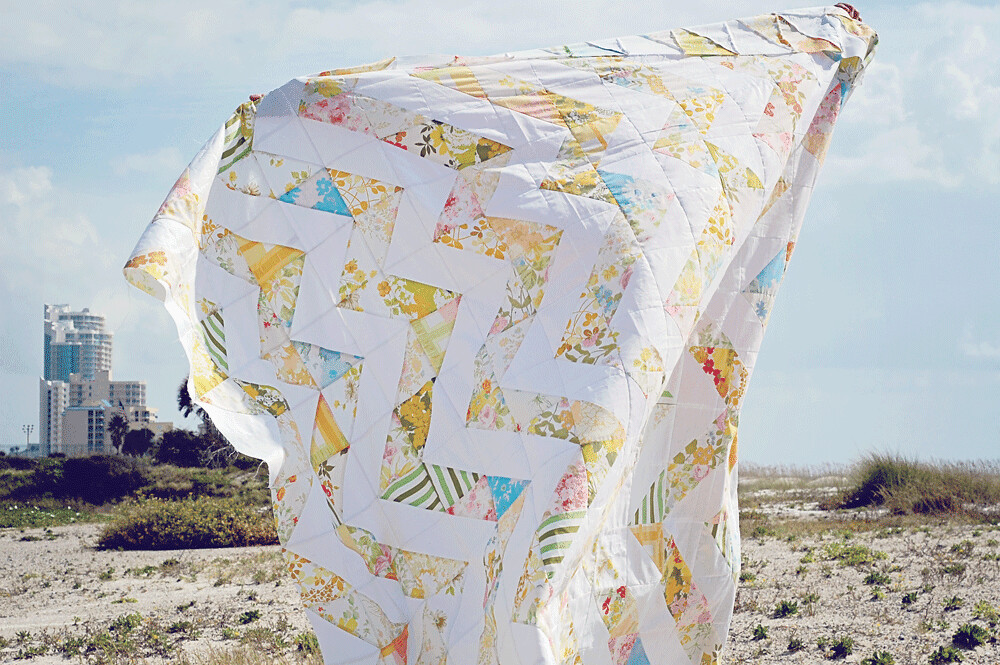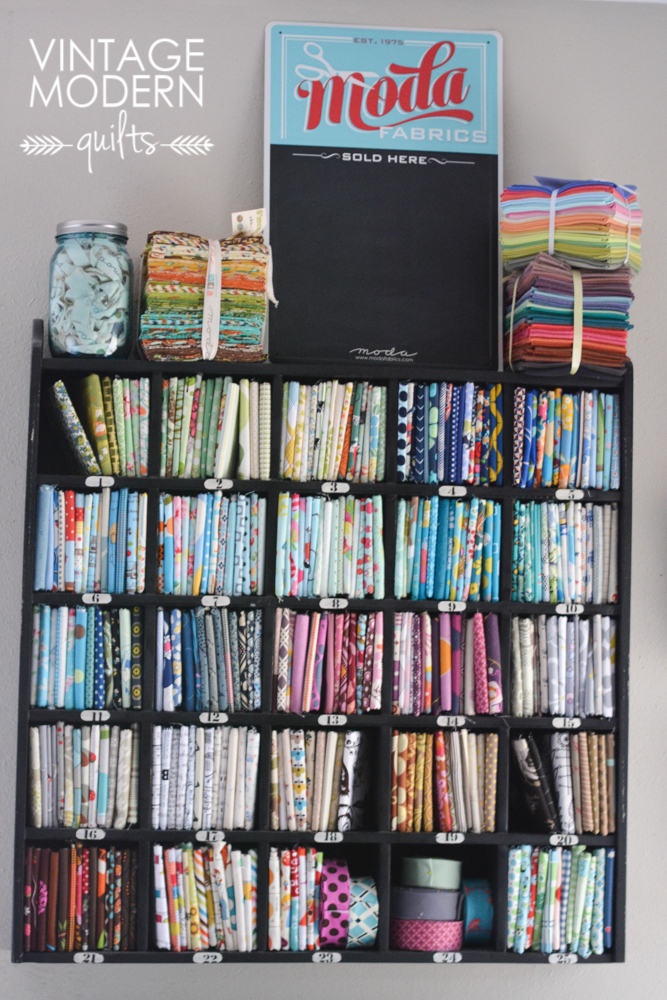Learn to Quilt: Quilting on a Budget
This post is part of my Learn to Quilt series. You can find all related posts {here}.
Quilting can be an incredibly expensive hobby. A mid-range sewing machine easily runs $1500 and top-of-the-line ones go for closer to $5000 (or higher!). Notions and tools can take a huge chunk out of your disposable income. And let’s not even get into fabric! That’s the worst part. But there are ways to quilt on a budget so don’t be discouraged if you want to quilt but don’t have lots of cash to spend.
BUY VINTAGE
You can get a deal on a used or even vintage sewing machine. Older machines work just as well as new ones without some of the bells and whistles (which are like leather, a sunroof, and butt warmers in a car. Nice but not necessary). I would actually recommend buying an older machine rather than a cheap new one. Trust me. I wore out a cheap new machine in a few months after I started quilting. You can find an older solid metal machine (perhaps even built into a cute table!) for around $100-$150 (I’ve seen them for as low as $25 at the thrift store). You will easily spend $100 on a brand-new low-end machine that is lower quality. It’s like with furniture – unless you are going above the mid-range in pricing, you are better off buying vintage. When Grandpa says they just don’t make things like they used to, he is so so right.
Vintage stores and thrift shops can also be a good resource for fabric. Vintage sheet quilts are very popular right now and you can find the sheets everywhere for just a few dollars each. If you live somewhere devoid of thrift shops, look for vintage textiles on Etsy. They are always lower priced than new quilting cottons.
My Vintage Sheet Quilt
SHOP THE SALES
This is an obvious way to save money in any kind of shopping you do. Stalk your favorite shops for sales. Sign up on their email lists so you know when the sale is happening. This goes for your notions, tools, and batting, too!
PLAN AHEAD
Use patterns that give you specific fabric requirements so that you can shop sales and use coupons where you can. If you like to create your own designs, plan ahead so you know what you will need. It’s like making a list before going grocery shopping – you’re definitely going to spend less money that way.
USE YOUR STASH
You may already have some fabric on hand. Take an honest assessment of your current stash and use what you have. Anything looks good if you cut it up into small enough pieces. You can even experiment with dyeing or bleaching your fabric.
DON’T READ BLOGS
Blogs are a fun and inspirational part of the online quilting community, but if you are on a budget or a fabric diet, stay away. There’s a lot of temptation out there.
ONE AT A TIME
Working on one project at a time is an easy way to save money. Put your focus and resources (cash and time) into that one project. Even if you only make one quilt a year, you are still a quilter!
CHARITY QUILTS
If you want to quilt and are not concerned about keeping the projects, join the charity committee of your local guild. The fabric is provided via donations and you are often given a pattern. The quilts go to a good cause and it allows you to quilt and hone your skills without spending any money.
RECYCLE
Instead of taking your old clothes to the thrift shop to donate, why not cut them up for quilts? Every single quilt my grandmother made was from old clothing that the family had worn out. Stick with cotton (avoid blends with stretchy things like lycra and spandex) and even old t-shirts can be used to make quilt with interfacing.
ESSENTIAL TOOLS
We talked about quilting tools in Lesson 3, but which ones are essential? These are the necessities to get started quilting. You probably already have several of these items.
- Sewing machine
- 18″x24″ cutting mat
 – buy the biggest mat you can afford. An 18×24 inch mat is a good medium sized mat.
– buy the biggest mat you can afford. An 18×24 inch mat is a good medium sized mat. - 45 mm rotary cutter

- 1/4 inch piecing foot

- 6×24 inch ruler
 (a very versatile size)
(a very versatile size) - 12 1/2 inch square ruler

- Fabric
- Quality cotton thread

- Machine needles
- Pins (I’m partial to Clover Fork Pins
 )
) - Small scissors or thread snips

- Iron
See you next Monday for Lesson 5 – Learn to Quilt: Building a Fabric Stash.


